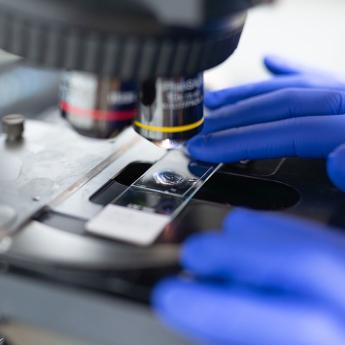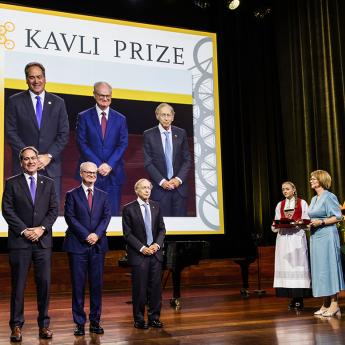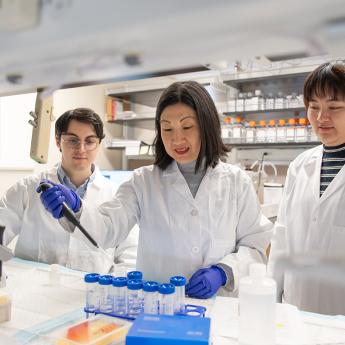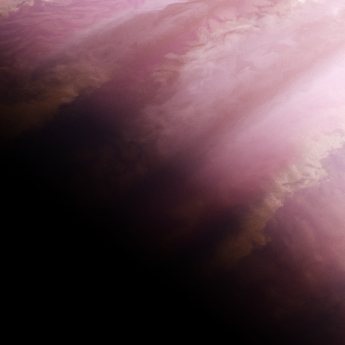The long and strange lives of Enrico Fermi’s accelerator building at UChicago
Campus space has shaped scientific research, from cosmic rays to the Higgs boson to dinosaur fossils
UChicago scientists create molecules that can ‘turn off’ cancer growth in mice
New study targets previously ‘undruggable’ class of proteins involved in cancer
UChicago alum John Jumper shares Nobel Prize for model to predict protein structures
AlphaFold co-inventor becomes 100th scholar associated with UChicago to receive Nobel Prize
UChicago scientists decode key mutation in many cancers
Finding points to expanded role of RNA in human gene expression
UChicago President Paul Alivisatos accepts 2024 Kavli Prize in Nanoscience
Pioneering research recognized for impact on medicine and biology
New Webb Telescope data suggests our model of the universe may hold up after all
UChicago-led analysis measures universe expansion rate, finds there may not be a ‘Hubble tension’
Scientists lay out revolutionary method to warm Mars
UChicago, Northwestern study suggests new approach to warm Mars could be 5,000 times more efficient than previous proposals
A new study reveals why the moon has a (very thin) atmosphere
University of Chicago, MIT scientists make new breakthrough in decades-long puzzle
NASA’s Webb telescope peers into the boundary between day and night on a distant world
Researchers glimpse strange conditions on a ‘tidally locked’ planet









